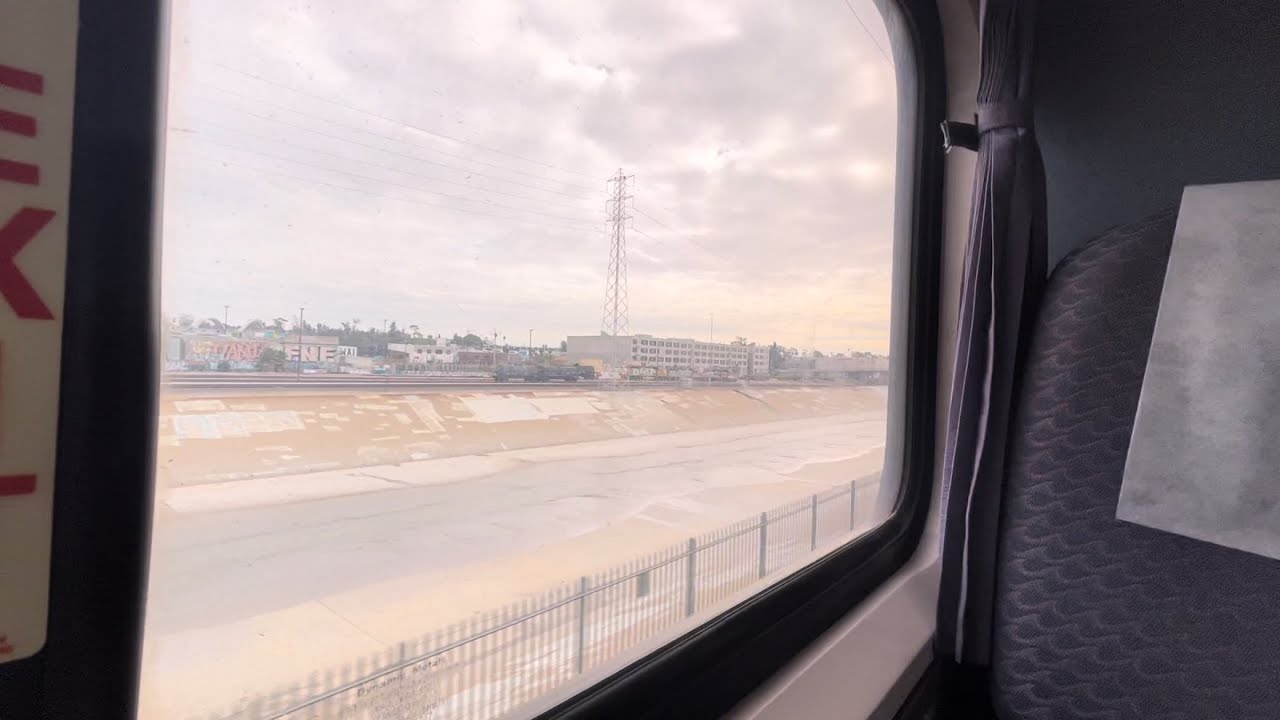Introduction: The Heartbeat of the City
Union Station, a landmark that has stood as a symbol of connectivity since its opening in 1927, is once again at the forefront of urban conversations. As cities across Canada invest in revitalizing their transit hubs, Union Station in Toronto is emerging as a case study in how public spaces can enhance community interaction. Recent renovations aim not just to improve functionality but to elevate the identity of the station as a cultural and social epicenter.
The History and Evolution of Union Station
Originally constructed to accommodate the influx of travelers during the railway boom, Union Station has evolved through decades of architectural modifications and changing transportation needs. With over 20 million passengers passing through annually, it remains one of the busiest railway stations in North America.
Historically, Union Station has served as more than a transit point. It once hosted grand events and functions in its opulent Great Hall, a testament to the city’s architectural heritage. As urban life evolved, so did the station’s purpose, transforming from a symbol of prosperity to a venue in need of modernization.
Current Revitalization Efforts
In the past few years, significant efforts have been made to breathe new life into Union Station. The current revitalization project, spearheaded by the City of Toronto and Metrolinx, aims to enhance passenger experience while showcasing the station’s historical significance. These renovations encompass improved accessibility, updated amenities, and the integration of local art.
One of the most talked-about components is the inclusion of green spaces, which promote sustainability and provide a communal area for city dwellers. “We envision Union Station as a place where people not only transit but also gather, connect, and celebrate our city’s diversity,” says Lily Thompson, a project coordinator for the Toronto Urban Development Office. “This is about creating a vibrant civic space that pays homage to our past while nurturing our future.”
Public Reaction and Community Sentiment
The public reaction to these developments has generally been positive. Social media buzz surrounding the revitalization project showcases a mix of excitement and nostalgia, as residents share their affection for the historical aspects of the station alongside their hopes for a functional, community-oriented space.
Recent polls indicate that approximately 75% of Torontonians believe that improving public spaces is crucial for community engagement, with Union Station’s revitalization seen as a pivotal move in the right direction.
Challenges Ahead
Despite a positive outlook, challenges remain. Successfully merging historical preservation with modern needs requires careful planning and execution. Critics argue that while the enhancements are valuable, they must not overshadow the station’s historical elements that define its unique character.
“Balancing modern utility with nostalgia is tricky,” remarks urban historian Jordan Lee. “We need to ensure that Union Station retains its essence while becoming a more functional part of the urban fabric.”
The Future of Union Station
As the completion date for the revitalization approaches, anticipation continues to build. Union Station stands poised to redefine what a transportation hub can be, embracing its role as a vital community nexus. By melding the past with the present, it hopes to not only facilitate movement but also inspire connection and collaboration among Torontonians.
The journey of Union Station transcends mere engineering enhancements; it embodies a dream for an interconnected, vibrant urban landscape. As redevelopment moves forward, many are hopeful that the historic station will rise not just as a transit terminal but as a place where memories are made and communities thrive.
